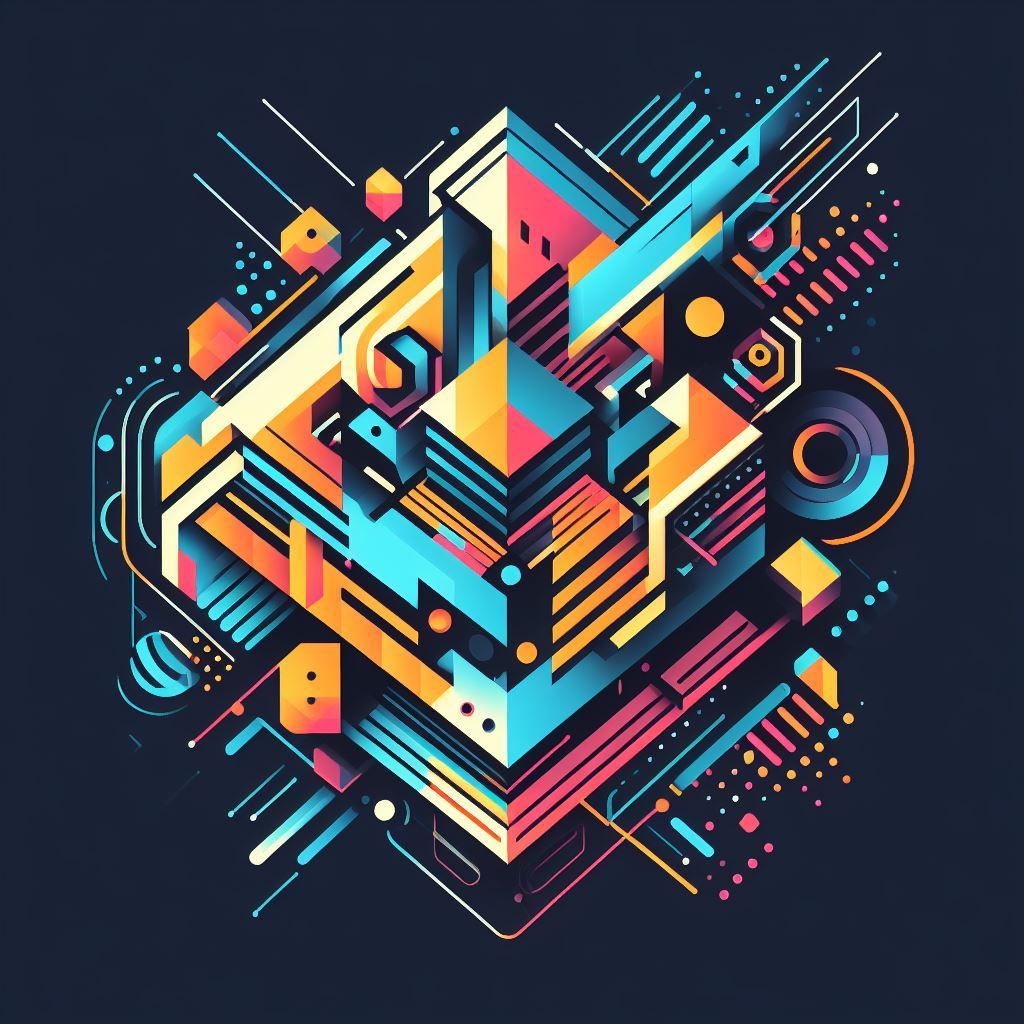
Generative AI has been a topic of significant discussion this year, with many experts predicting that it will provide a competitive edge to businesses that adopt it.
GenAI is a term that refers to the use of AI techniques, such as natural language processing, computer vision and deep learning, to generate code, content, design or other artifacts that are part of the software development process. GenAI has the potential to automate some of the routine and tedious aspects of software engineering, such as writing boilerplate code, testing, documentation or localization. GenAI can also augment human creativity and intelligence by providing suggestions, feedback or alternatives that can enhance the quality and functionality of the software product.
Some examples of GenAI use cases are:
- Generating natural language descriptions from code snippets or vice versa, which can help with documentation, code review or debugging.
- Generating UI mockups or prototypes from natural language specifications or sketches, which can help with design, prototyping or user testing.
- Generating test cases or data sets from code or requirements, which can help with testing, validation or verification.
- Generating content such as headlines, summaries or captions from text, images or videos, which can help with content creation, marketing or SEO.
However, GenAI is not a magic bullet that can solve all the challenges of software engineering. GenAI also introduces new risks and challenges, such as ensuring the reliability, security and ethics of the generated artifacts, as well as managing the expectations and trust of the developers and users who interact with GenAI. Moreover, GenAI is not suitable for every use case or scenario. GenAI works best when there is a clear specification, a large and high-quality data set, and a well-defined evaluation metric for the desired output. GenAI also requires human oversight, collaboration and intervention to ensure that the generated artifacts are aligned with the business goals, user needs and engineering standards.
Software engineers who want to leverage GenAI should form or join a community of practice for AI-augmented development. This is a group of people who share a common interest and passion for using AI to enhance their software engineering practices. By joining such a community, you can learn from the experiences and techniques of others who have successfully applied GenAI to their projects. You can also share your own challenges and solutions, as well as provide feedback and support to your peers. A community of practice can help you discover when and how to use GenAI effectively, as well as how to mitigate the risks and challenges that come with it.
What are your strategies for incorporating Generative AI tools into your work?
